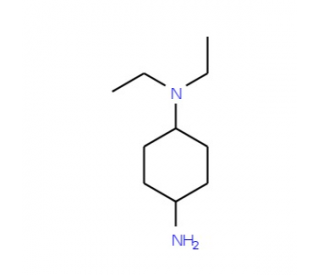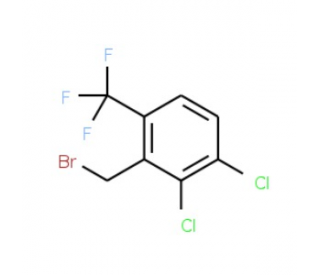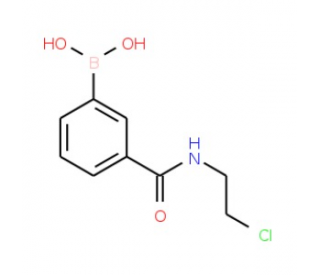詳細(xì)說(shuō)明
Purity
>95%, by SDS-PAGE with silver staining
Endotoxin Level
<0.10 EU per 1 μg of the protein by the LAL method.
Activity
Measured by its ability to enhance neurite outgrowth of E16-E18 rat embryonic cortical neurons. Recombinant Human MOG, immobilized at 1 μg/mL on a 96-well plate, is able to significantly enhance neurite outgrowth.
Source
Mouse myeloma cell line, NS0-derived Gly30-Gly154, with a substitution at Asp131Ala and a C-terminal 10-His tag
Accession #
N-terminal Sequence
AnalysisGly30
Predicted Molecular Mass
16 kDa
SDS-PAGE
20-30 kDa, reducing conditions
8535-MO |
| |
Formulation Lyophilized from a 0.2 μm filtered solution in PBS. | ||
Reconstitution Reconstitute at 100 μg/mL in PBS. | ||
Shipping The product is shipped at ambient temperature. Upon receipt, store it immediately at the temperature recommended below. | ||
Stability & Storage: Use a manual defrost freezer and avoid repeated freeze-thaw cycles.
|
Background: MOG
Myelin oligodendrocyte glycoprotein (MOG) is 28 kDa single-pass transmembrane glycoprotein that is a member of the Ig superfamily (1, 2). Human MOG is synthesized with a 29 amino acid (aa) signal sequence, a 125 aa extracellular domain (ECD) containing an Ig-like domain, a 21 aa transmembrane domain, and a 72 aa cytosolic fragment featuring a hydrophobic domain that associates with the cytoplasmic face of the plasma membrane. The ECD of mature human MOG shares 90% aa sequence identity with the ECD of both mouse and rat MOG. Unlike mouse and rat, human MOG has seven splice variants, including a soluble ECD isoform and multiple isoforms that have a truncated cytoplasmic domain (3, 4). Dimerization of MOG occurs via the extracellular Ig-like domain (5-8). MOG is expressed exclusively by oligodendrocytes in the central nervous system (CNS) and is localized to the outer layer of the myelin sheath as well as in the oligodendrocyte plasma membrane (9). MOG expression in the brain can be used as a temporal biomarker for myelin development. MOG is an important antigenic target for autoimmune diseases that mediate demyelination in the CNS (10). In vivo administration of exogenous MOG protein or peptide induces experimental autoimmune encephalomyelitis (EAE) in multiple animal species (11, 12). EAE is used as an animal model for multiple sclerosis and related CNS demyelinating diseases. MOG is thought to function as an adhesion molecule as well as a mediator of immune activation in the CNS (9, 13).
References:
Johns, T.G. and C.C. Bernard (1999) J. Neurochem. 72:1.
Pham-Dinh, D. et al. (1993) Proc. Natl. Acad. Sci. U S A 90:7990.
Hilton, A.A. et al. (1995) J. Neurochem. 65:309.
Slavin, A.J. et al. (1997) Dev. Neurosci. 19:69.
Abo, S. et al. (1993) Biochem. Mol. Biol. Int. 30:945.
Amiguet, P. et al. (1992) J. Neurochem. 58:1676.
Bettadapura, J. et al. (1998) J. Neurochem. 70:1593.
Clements, C.S. et al. (2003) Proc. Natl. Acad. Sci. U S A 100:11059.
Reindl, M. et al. (2013) Nat. Rev. Neurol. 9:455.
von Budingen, H.C. et al. (2004) Eur. J. Immunol. 34:2072.
Rangachari, M. and V.K. Kuchroo (2013) J. Autoimmun. 45:31.
Tompkins, S.M. et al. (2002) J. Immunol. 168:4173.
Garcia-Vallejo, J.J. et al. (2014) J. Exp. Med. 211:1465.
Long Name:
Myelin Oligodendrocyte Glycoprotein
Entrez Gene IDs:
4340 (Human); 17441 (Mouse)
Alternate Names:
MGC26137; MOG Ig-AluB; MOG; MOGIG2; myelin oligodendrocyte glycoprotein; myelin-oligodendrocyte glycoprotein










 粵公網(wǎng)安備44196802000105號(hào)
粵公網(wǎng)安備44196802000105號(hào)